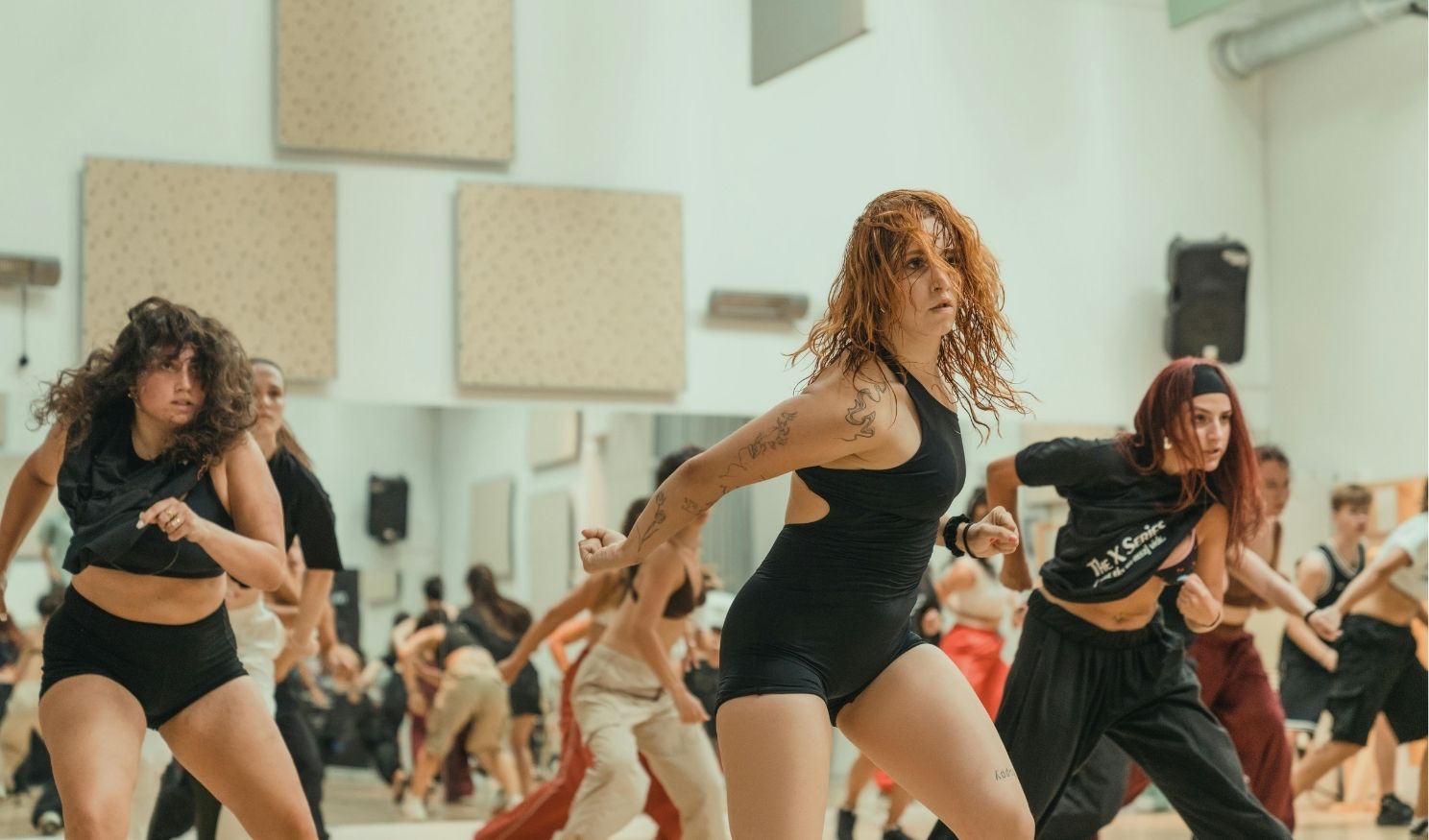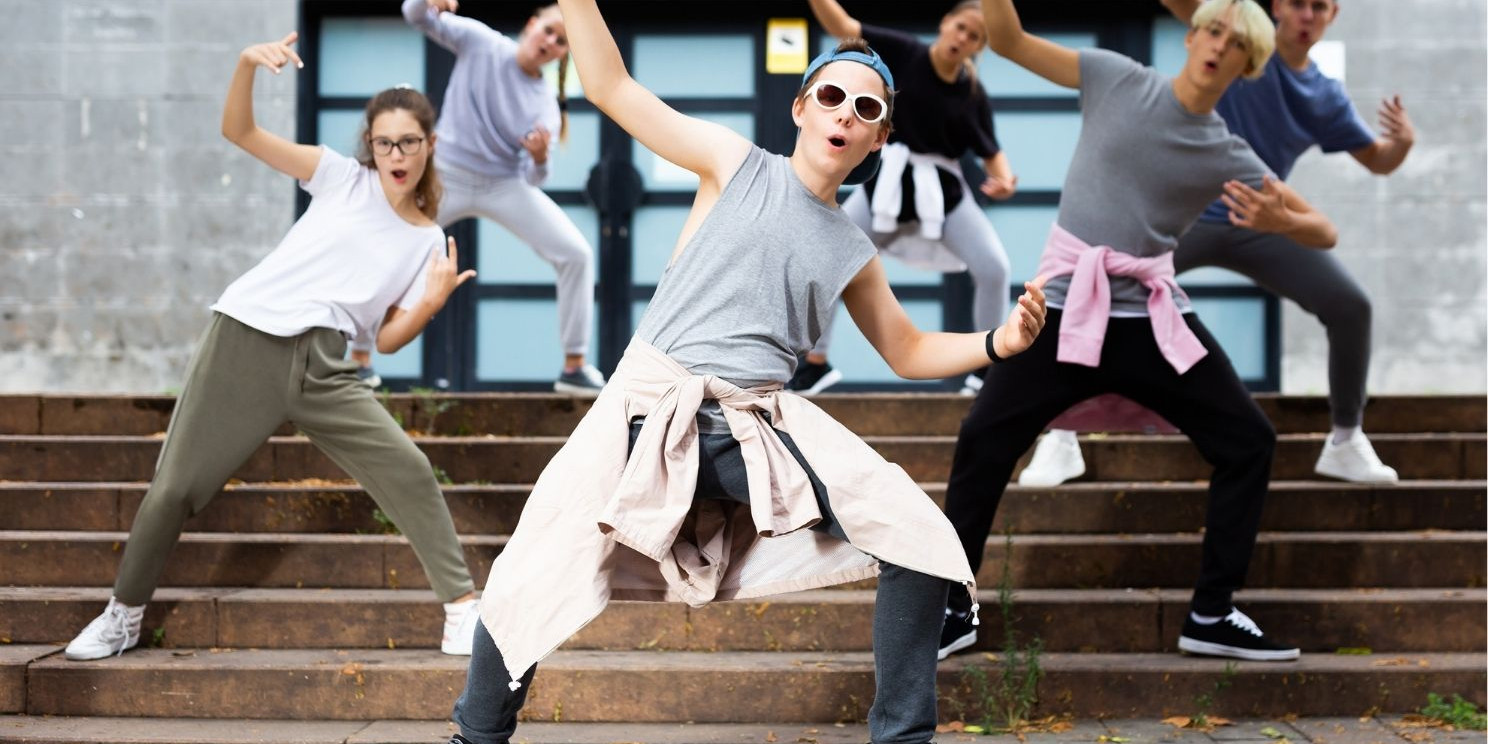Modern dance has never been about playing it safe. It was founded on rebellion—against ballet, against gender norms, against artistic censorship, and against cultural stagnation. The performances listed below didn’t just entertain—they disrupted, provoked, and reshaped the landscape of contemporary movement.
These are the rule-breaking moments that redefined what dance could say, how it could look, and who it was for.
1. Isadora Duncan – “Marseillaise” (1903)
Known as the mother of modern dance, Duncan shocked early 20th-century audiences with her barefoot performance to “La Marseillaise” draped in a Greek tunic. No corsets, no ballet shoes—just radical freedom of movement and raw political expression.
Why it broke the rules: It defied the entire classical ballet canon and used dance as political protest decades before it was fashionable.
2. Martha Graham – “Lamentation” (1930)
In a seated solo, Graham contorted her body in a stretch of fabric to embody grief itself. With no traditional narrative and minimal movement, she showed how abstraction could be more emotionally powerful than realism.
Why it broke the rules: “Lamentation” turned modern dance inward, proving that pain could be aesthetic, architectural, and transformative.
3. Merce Cunningham – “RainForest” (1968)
In collaboration with Andy Warhol (who provided floating silver pillows as set design), Cunningham broke away from music-dictated movement, letting chance operations dictate choreography.
Why it broke the rules: Movement and music were created separately. This shattered the idea that dance must interpret music.

4. Pina Bausch – “Café Müller” (1978)
Bausch fused theatre, raw emotion, and repetitive movement in a way that left audiences unsettled. Performers stumbled through chairs blindfolded, capturing the chaos of love and memory.
Why it broke the rules: Bausch blurred the line between dance and drama, emotion and repetition, trauma and choreography.
5. Alvin Ailey – “Revelations” (1960)
Ailey combined African-American spirituals with modern technique and gospel-infused storytelling. “Revelations” became one of the most-performed works in American dance history.
Why it broke the rules: It unapologetically centered Black experience, joy, and sorrow on elite stages long dominated by whiteness.
6. Yvonne Rainer – “Trio A” (1966)
This minimalist, expressionless sequence of pedestrian movements rejected spectacle. No music. No narrative. Just pure physical presence.
Why it broke the rules: Rainer’s “No Manifesto” dismantled dance as performance and elevated ordinary movement to high art.
7. Bill T. Jones – “Still/Here” (1994)
Based on interviews with people diagnosed with terminal illnesses, this deeply personal piece fused video, text, and movement into a meditation on mortality.
Why it broke the rules: It mixed activism, documentary, and dance—and challenged critics who dismissed it as “victim art.”
8. Trisha Brown – “Walking on the Wall” (1971)
Performers walked perpendicular to the floor, suspended by harnesses, in one of the earliest examples of site-specific and gravity-defying choreography.
Why it broke the rules: Brown challenged gravity, architecture, and the idea that dance needed a “stage.”
9. Anne Teresa De Keersmaeker – “Rosas danst Rosas” (1983)
Sharp, repetitive, and emotionally detached, this work explored feminine labor, power, and exhaustion with architectural intensity. Later sampled by Beyoncé (controversially) in her “Countdown” video.
Why it broke the rules: It weaponised repetition and restraint as radical feminist commentary.
10. Ohad Naharin – “Echad Mi Yodea” (1990)
Part of the Minus 16 suite, this Israeli choreographer used chairs, Hebrew chants, and escalating chaos to deconstruct conformity and faith.
Why it broke the rules: Naharin made anger and ritual into a choreographic structure—confronting the audience head-on.

Why Rule-Breaking in Dance Still Matters
Modern dance was never about pleasing audiences—it was about confronting them. These choreographers and their iconic performances shifted cultural narratives, questioned authority, and made space for new bodies, voices, and forms.
“Rule-breaking is not a phase—it’s the engine of artistic relevance. If dance isn’t challenging something, it’s not doing enough.”
Final Thoughts: Legacy and Liberation
At Dance Liberation Network, we believe in the power of movement to disrupt, to liberate, and to evolve. These ten performances prove that modern dance isn’t a museum artifact—it’s a living revolution.




